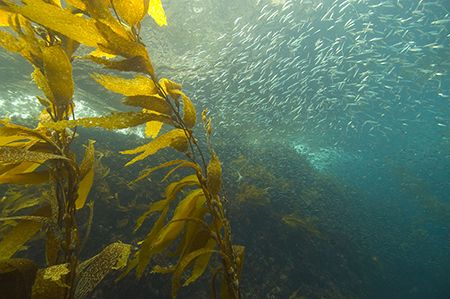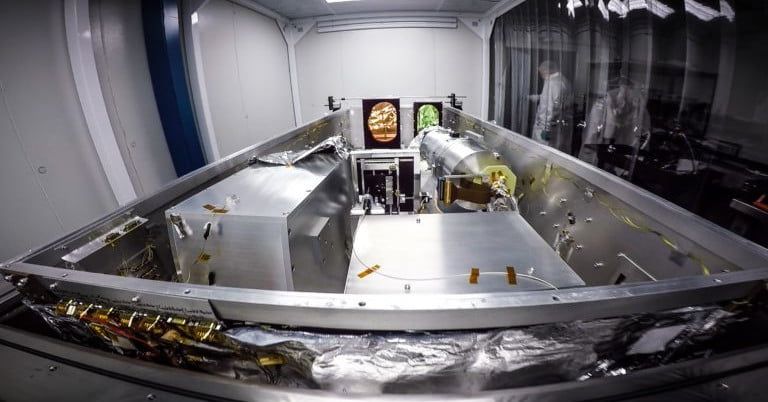Archive for the ‘futurism’ category: Page 856
Mar 5, 2019
Record-breaking device uses sunlight to produce hydrogen at 15% efficiency
Posted by Genevieve Klien in category: futurism
After a decade of research, scientists at KU Leuven in Belgium have developed a device that can uses sunlight to produce a record-breaking 250 liters (66 gal) of hydrogen a day.
Mar 5, 2019
Goodyear’s New Concept Tire Doubles as a Flying Car Propeller
Posted by Quinn Sena in categories: futurism, transportation
Mar 3, 2019
New Carbon Capture System Generates Electricity
Posted by Quinn Sena in category: futurism

Introducing CATTERBOX™ from TEMPTATIONS™
Giving cats a voice for the very first time.
Cat pissed off for seemingly no reason? Kitty in a rush to who-knows-where? Answer your cat questions with a new translation tool for cats.
Mar 3, 2019
Animated map of what Earth would look like if all the ice melted
Posted by Quinn Sena in category: futurism
Mar 3, 2019
How Growing Sea Plants Can Help Slow Ocean Acidification
Posted by Quinn Sena in category: futurism
Researchers are finding that kelp, eelgrass, and other vegetation can effectively absorb CO2 and reduce acidity in the ocean. Growing these plants in local waters, scientists say, could help mitigate the damaging impacts of acidification on marine life.
Mar 3, 2019
It is time to take action and not let the current status quo stay the status quo
Posted by Michael Dodd in category: futurism
Mar 2, 2019
The Habitable Planet Finder Is a New Tool to Locate Earth-like Exoplanets
Posted by Genevieve Klien in categories: cosmology, futurism
Astronomers have a new tool to help them find habitable planets in our galaxy: the Habitable Planet Finder (HPF), a high-precision spectrograph. The HPF can be used to detect worlds which have some key qualities, like being a rocky planet orbiting an red dwarf. A red dwarf, also known as an M-dwarf, is a type of star that is relatively cool, small, and dim, and is somewhat similar to our Sun (which is classified as a white or yellow dwarf.) Red dwarfs are common in the Milky Way, like the nearby Barnard’s star, making them good hunting grounds for exoplanets.
“About 70 percent of the stars in our galaxy are M-dwarfs like Barnard’s star, but the near-infrared light they emit has made it difficult for astronomers to see their planets with ordinary optical telescopes,” Paul Robertson, assistant professor of physics and astronomy at the University of California, Irvine, said in a statement. “With the HPF, it’s now open season for exoplanet hunting on a greatly expanded selection of stellar targets.”
The HPF measures subtle changes in the color of light given off by stars, which can indicate the influence of an orbiting planet. In particular, it searches for planets with a low mass located within the “habitable zone” of their stars where surface water can exist. The spectrograph has already demonstrated its usefulness by confirming the existence of a super-Earth which is orbiting Barnard’s star during its commissioning, and should be able to detect many more planets similar in size to Earth in the future.
Continue reading “The Habitable Planet Finder Is a New Tool to Locate Earth-like Exoplanets” »

















